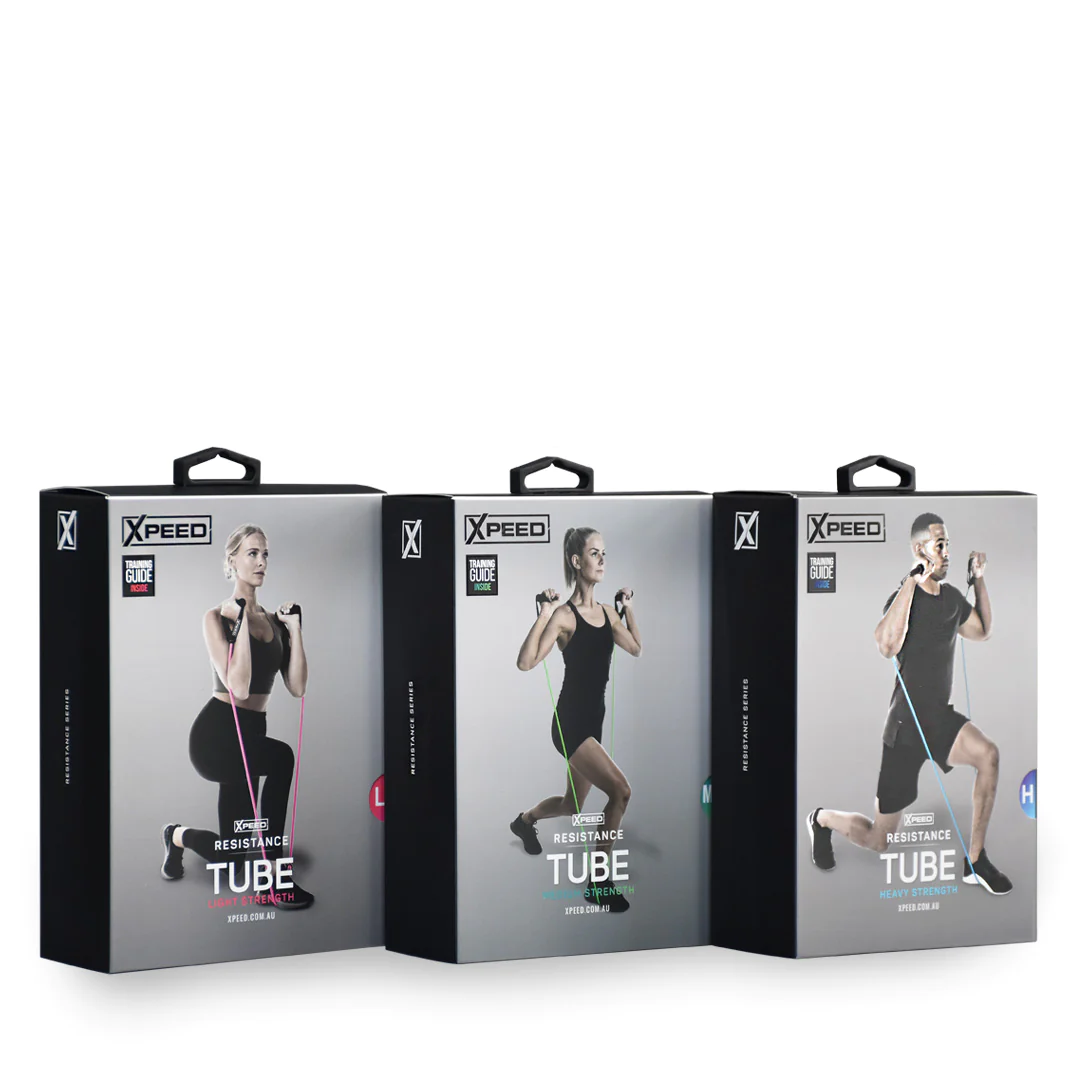It seems everyone has an opinion on Paleo diets. Some herald it as the the saviour to the human race while others warn of its potential dangers. It is a topic that polarises many people, and it certainly has created many misconceptions.
But who do we believe?
Many groups and individuals have vested interests. From celebrity chefs that have benefited from the paleo way by creating an empire of cookbooks and programs, to large organisations that receive funding from the food industry who may be feeling the pinch of decreased sales.
In this series of blogs, we intend to systematically research both sides of the argument so the reader can decide for themselves what they feel is most suitable to them. Rather than feeling that they are coerced down certain paths by people with vested interests.
So what is the Paleolithic diet anyway?
The Paleo diet was founded on the principle of trying to mimic the diets of hunter/gatherers from the Paleolithic era. A lot of it’s general principles were derived from research by Dr. Boyd Eaton in the 1980’s, built on by Dr. Loren Cordain, and further by Dr Steffan Lindenberg’s studies of Pacific Islander hunter/gatherer populations.
While there seems to be a few different versions of what constitutes a Paleo diet, when we look at the studies (rather than websites!) they all include lean meat, fish, shellfish, fruits, vegetables, root vegetables, eggs and nuts. They exclude grains, dairy, legumes, salt, refined fats and sugar. However, only one study out of five explicitly excluded potato while two limited them to one serve per day.1-5
How does this differ from our Dietary Guidelines?
The big difference between the Paleo diet and the Australian Guidelines is that it excludes two of the five “eat everyday” food groups, grains and dairy. It also takes legumes out, which is included in both the vegetable and protein categories.6 It is also much more restrictive as refined foods, salt and sugar are excluded, while the Dietary Guidelines suggest to limit these foods.
Many of these foods can be tracked using our free lifestyle tracker.
Is it a low carb diet?
Given that there are no grains in the Paleo diet it is intuitive to think that it is low in carbohydrates. The Australian Dietary Guidelines recommends 45-65% of energy intake comes from carbohydrates, while the current Paleo studies range from 30-40%.1-3,5,6 Interestingly though, the average amount of carbohydrates (which came in at 145 grams per day), is well above a low carb diet (classified as less than 50 grams per day). It is also above the recommended 130 grams per day recommended by the American Diabetes Association.
While there are no studies that compare the Paleo diet to the Australian Dietary Guidelines, there are a handful of Randomised Controlled Trials (RCTs) that compare it to other reference diets. These include the European, Dutch and American Diabetes Association Guidelines, and the Mediterranean Diet.1-3,5
But how about all that meat?
As much of the focus of the Paleo diet is on meat consumption, we would expect that it is higher in protein (studies average 100g per day vs 88g for the reference diets). However, fat content was no different, and Paleo diets actually came in lower in saturated fat (17g per day vs 24g).
What about the impact of having no grains and dairy?
Interestingly, fibre content was no different as what is lost in grains and legumes are gained in more fruit and vegetables. However the electrolyte breakdown was significantly different. The Paleo diet has a favourable potassium (found in fruit & veg) to sodium (think anything with salt) ratio which is quite often linked to favourable health outcomes like lower blood pressure.
What is a concern to many though, is that on average the Paleo diets in these studies came in at 440 mg of calcium.
This calcium level is only half of what the reference diets had, and is well short of the recommended 1000 mg per day.
So hopefully you now have a clearer understanding of what constitutes a Paleo diet. Some may be disappointed that it’s not just bacon and eggs (sorry but bacon contains a lot of salt!), and if we follow it truly we are consuming a considerable amount of vegetables.
But what are the health consequences of following this way of eating…?
…. and what are the ramifications of excluding grains, dairy and legumes?
Our next blog of the series will delve into the research to investigate what (if any) benefits exist from this diet, and put this into a practical context.
If you would like any help tracking your food behaviours, try our free lifestyle tracker by signing up below:
References:
- Boers et al.(2014) Favourable effects of consuming a Palaeolithic-type diet on characteristics of the metabolic syndrome: a randomized controlled pilot-study. Lipids in Health and Disease 13:160.
- Jönsson et al. (2009). Beneficial effects of a Paleolithic diet on cardiovascular risk factors in type 2 diabetes: a randomized cross-over pilot study. Cardiovasc Diabetol., 8:35
- Lindeberg et al. (2007) A Palaeolithic diet improves glucose tolerance more than a Mediterranean-like diet in individuals with ischaemic heart disease. Diabetologia, 50(9):1795-1807.
- Masharani et al. (2015) Metabolic and physiologic effects from consuming a hunter-gatherer (Paleolithic)-type diet in type 2 diabetes. European Journal of Clinical Nutrition, 69: 944–948.
- Osterdahl M, Kocturk T, Koochek A, Wandell PE (2008) Effects of a short-term intervention with a paleolithic diet in healthy volunteers. European Journal of Clinical Nutrition, 62(5):682-685.
- National Health and Medical Research Council (2013) Australian Dietary Guidelines. Canberra: National Health and Medical Research Council.
- American Diabetes Association (2008) Nutrition recommendations and interventions for diabetes. Diabetes Care, 31(1): S61-S78.
Photo by Surya Prakosa on Unsplash














0 Comments